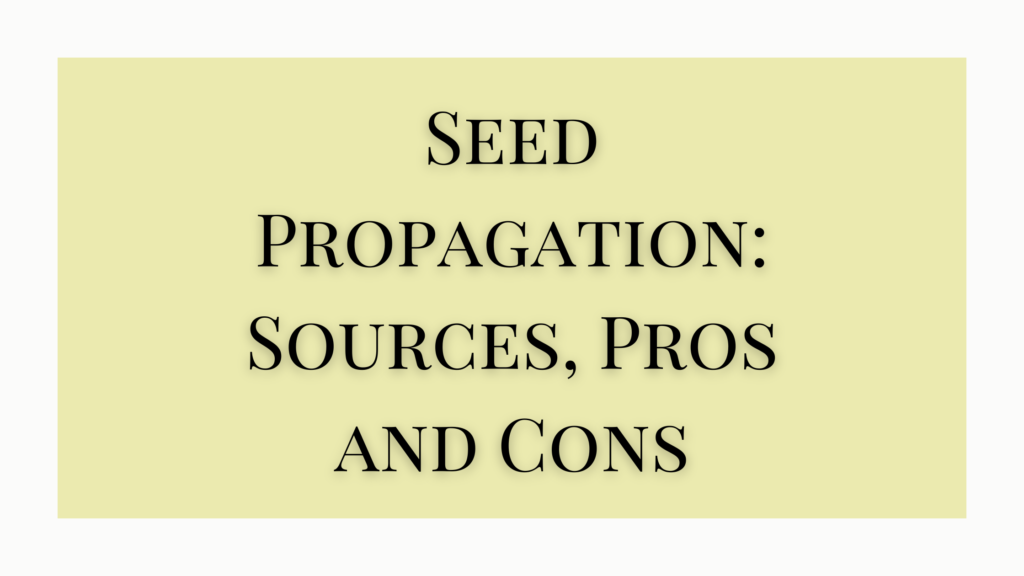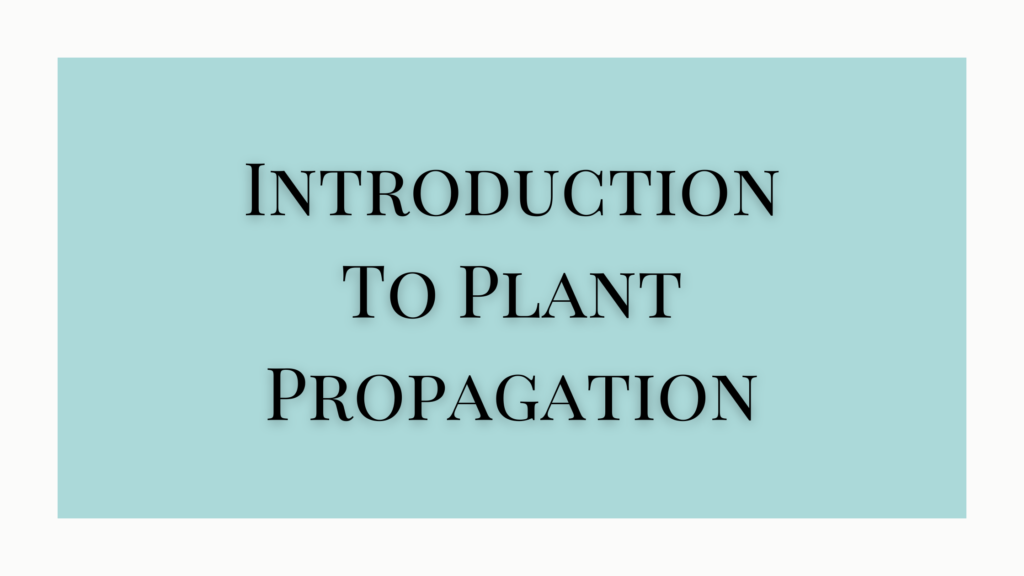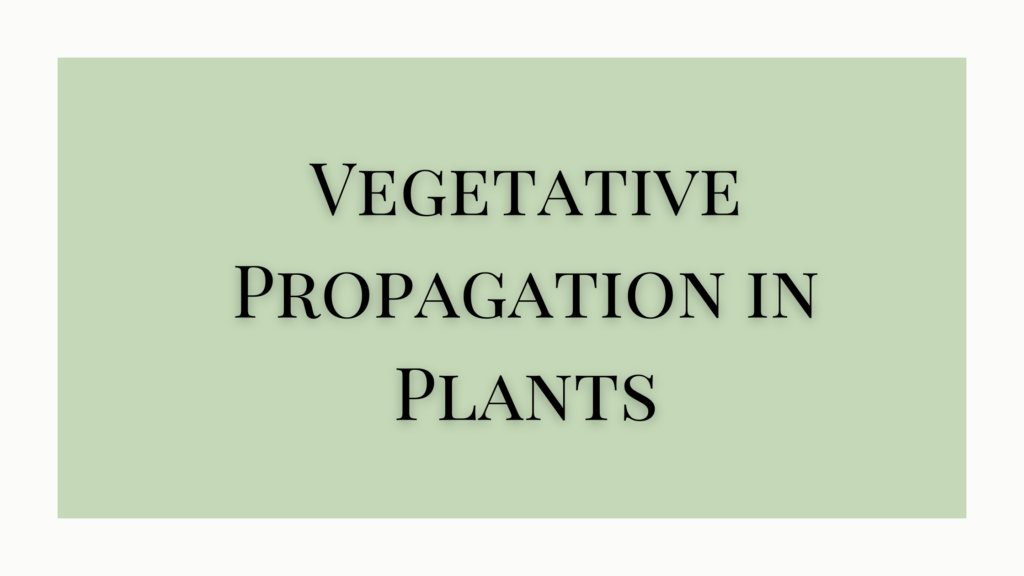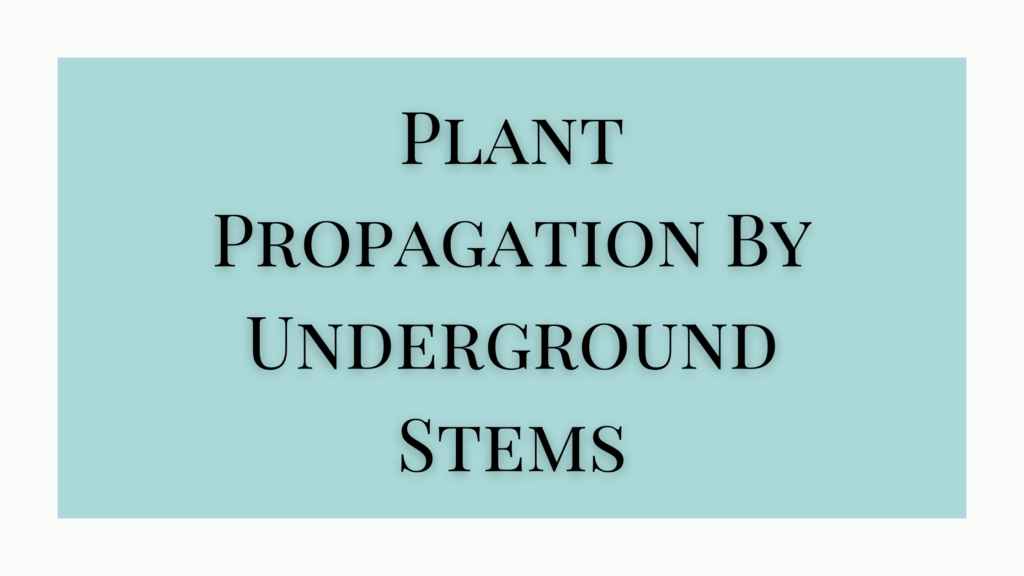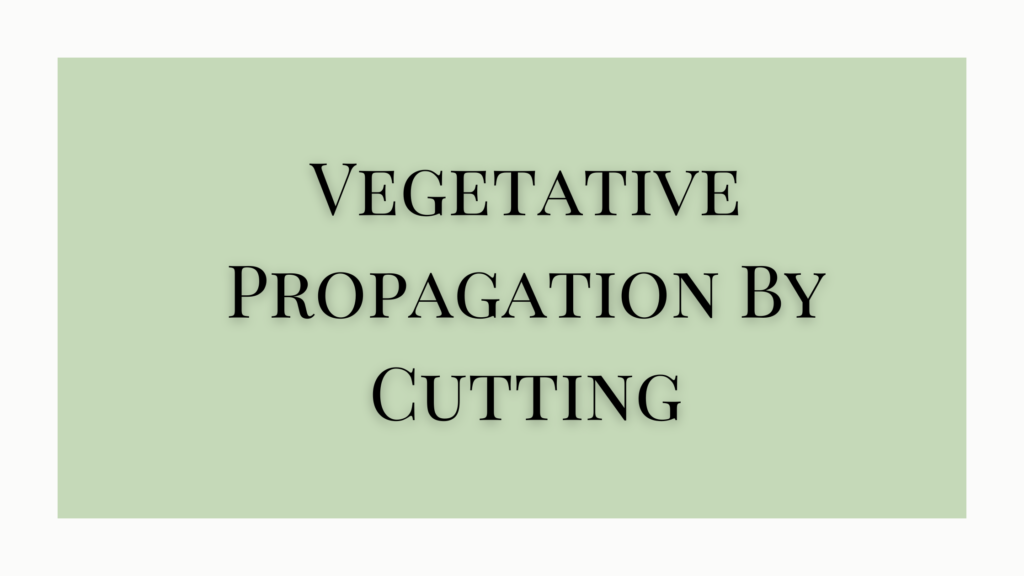Seed propagation is the technique of sexual reproduction of plants to produce seeds for their further growth and multiplication. Not all plants reproduce by this method but those that reproduce by producing seeds are used for such a type of plant propagation. Seed propagation occurs naturally and can be done artificially under specific protocols.
Moreover, seed propagation is done manually or artificially to produce plants with specific characteristics. For this purpose, parent plants with desirable traits are selected and bred to produce seeds that have the characteristics of these parent plants.
Parts of Seeds
The growth of plants begins with the germination of its important propagule- the seed. A mature ovule develops into the seed which contains a miniature plant but in an arrested state of development. A seed has three basic parts – the embryo, endosperm, and seed coat.
The embryo is a miniature plantlet inside the seed, formed from the union of male and female gametes during fertilization. In mature seeds of some species, the embryo is a rudimentary structure. In most mature seeds, the embryo gets differentiated into plumule and radicle. In addition to these growing points, these seeds will also have one or two seed leaves or cotyledons located between the growing points on the shoot-root axis.
The endosperm surrounds the tissue of the embryo. It is nutritional in purpose and serves the necessary food for the growing embryo.
The seed coat is tough as it protects the embryo from injuries and desiccation. One or two seed coats may develop from outer layers of ovule called integuments. The scar that remains after breaking the seed from the stalk is called the hilum and the small opening near the hilum is the micropyle.
The seeds vary greatly in size, shape and form, color, and chemical composition. Many variations also occur between species of a genus and between varieties of species.
Sources of Seed for Seed Propagation
Commercial seed production is a large and specialized industry. The success of these industries is a vital concern for the plant propagators. The commercial seed industry produces seeds of cereals, forage, crops, vegetables, flowers of annuals, biennials, perennials, etc.
Commercial seed is raised primarily in areas where environmental conditions are suited for seed production. Seeds of trees and shrubs are usually collected from plants, that are not grown specifically for seeds.
Seeds of native plant species for forest planting and similar purposes may be obtained from natural lands in the forest and other wild areas. Seeds of orchards or plantations can maintain a particular seed source under careful genetic control.
Qualities of Seed Required for Propagation
Seed has to meet certain requirements that make it eligible to get the necessary certification for distribution. Horticultural production depends greatly on the quality of seeds that are planted. To maintain high quality of seeds, the “Seeds Act” was passed by the Government of India in 1966.
- The first and foremost requirement is that the seed must be of an improved variety released by either the Central or State Variety Release Committee for general cultivation and notified by the Ministry of Agriculture.
- The other requirements are genetic purity, freedom from weeds, diseases, and pests, germination, viability, etc.
Various methods of seed testing help determine the purity, viability, and other qualities of the seeds. They are tested and later certified before releasing it for commercial use.
What is Seed Viability?
Seed viability is the ability of the seed to germinate under favorable conditions. This is possible only if the seed dormancy if present, is removed. It varies with the type of seed. Some species have short-lived seeds that can be stored only for a week. In legumes, the seeds are stored for a few years. In most cases, seeds when stored in low temperatures and humidity can retain their viability for longer periods.
Based on their relative ability to be stored with moisture content, seeds are classified into,
- Orthodox seeds can be dried at low moisture levels and show loss of viability at higher moisture levels.
- Recalcitrant seeds require a relatively high moisture level to remain active and viable. Eg. Fruit trees and plantation crops.
Advantages And Disadvantages Of Seed Propagation
Advantages of Seed Propagation
- Seed propagation is the only possible and practical propagation method in certain plants like papaya, most annuals, biennials, and forest trees which cannot be conveniently and economically raised by vegetative propagation.
- Seedlings are cheaper and easier to raise than vegetatively propagated plant materials.
- In a plant breeding program, the hybrids are first raised from seeds and thus the seed is the most important means of developing new plants.
- Seed propagation sometimes results in the production of chance seedlings with superior characteristics which may be highly beneficial to the horticultural industry.
- Seedling trees generally live longer, are heavier, and hardier than vegetatively propagated trees.
- Rootstocks used for budding and grafting are usually grown from seeds.
- Nucellar seedlings are useful for developing similar plants.
- Since most virus diseases are usually not transmitted through seeds, seed propagation is useful in producing virus-free plants.
- Seeds also offer a convenient method for strong plants for a long time.
- Seeds when kept properly, may remain viable for a very long period. Eg. Indian lotus can remain viable for over 1000 years.
Disadvantages of Seed Propagation
- Owing to the genetic segregation in heterozygous plants seedling trees are not uniform in their growth, yielding capacity, fruit quality, etc when compared with grafted trees. Seedlings are not usually true to type.
- Seedling trees take more time to come to bear fruits than grafted plants. Eg. Mango seedlings take 8-10 years to yield fruits when compared to 2-3 years for grafted trees.
- The seedling trees being very large cause problems for efficient management of orchard trees ie, harvesting, pruning, spraying, etc become more different and expensive.
- Proper growth of plants from seeds depends on several climatic and environmental factors.
- Seeds may require external stimulants for their germination. Various seed treatment methods are used to break their dormancy and trigger germination.
- In addition, seeds from certain types of plants must be sown immediately after collecting them. They are unsuitable for storage.
- It is not possible to derive the benefits of rootstocks if the plant is not propagated vegetatively through grafting and budding.
